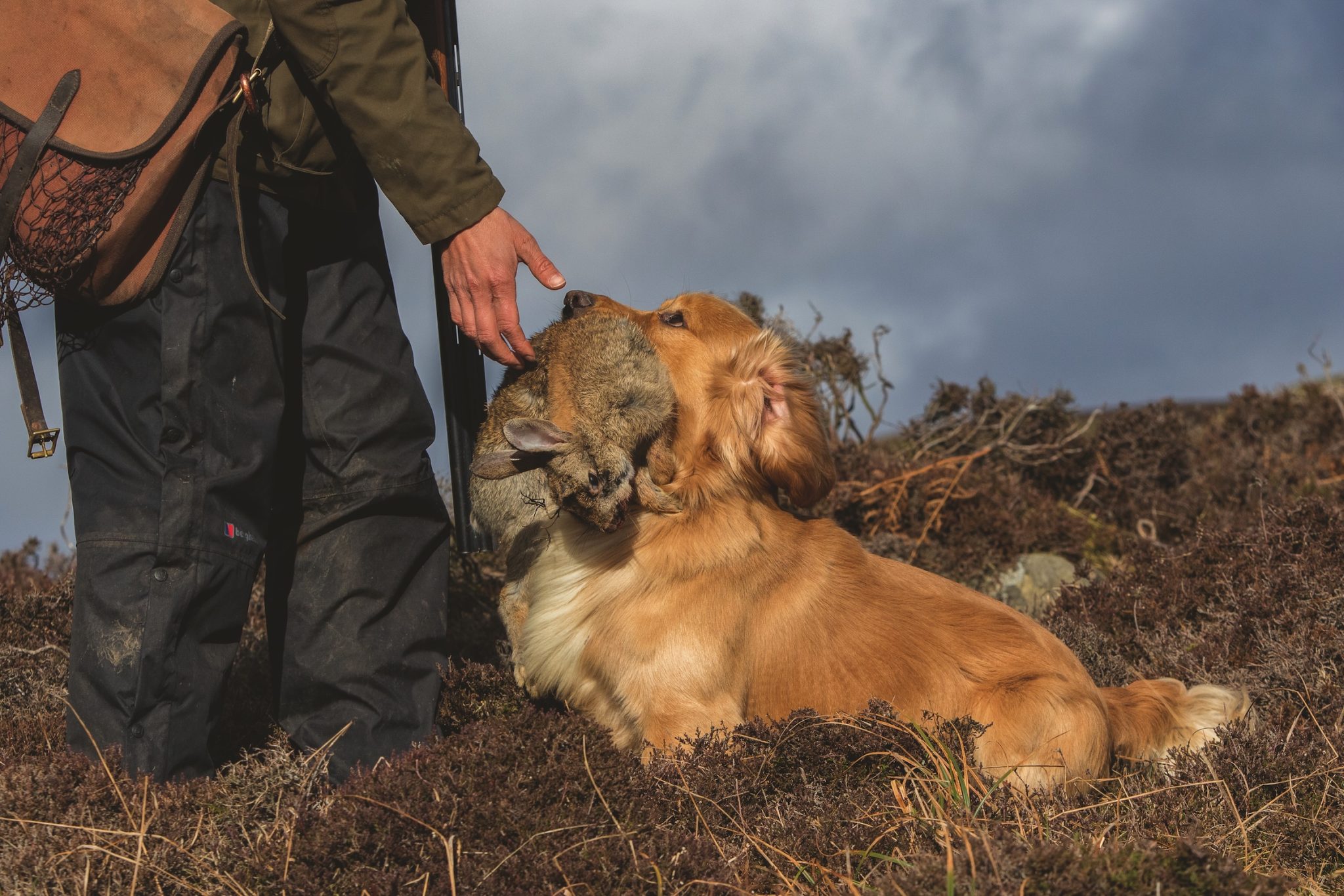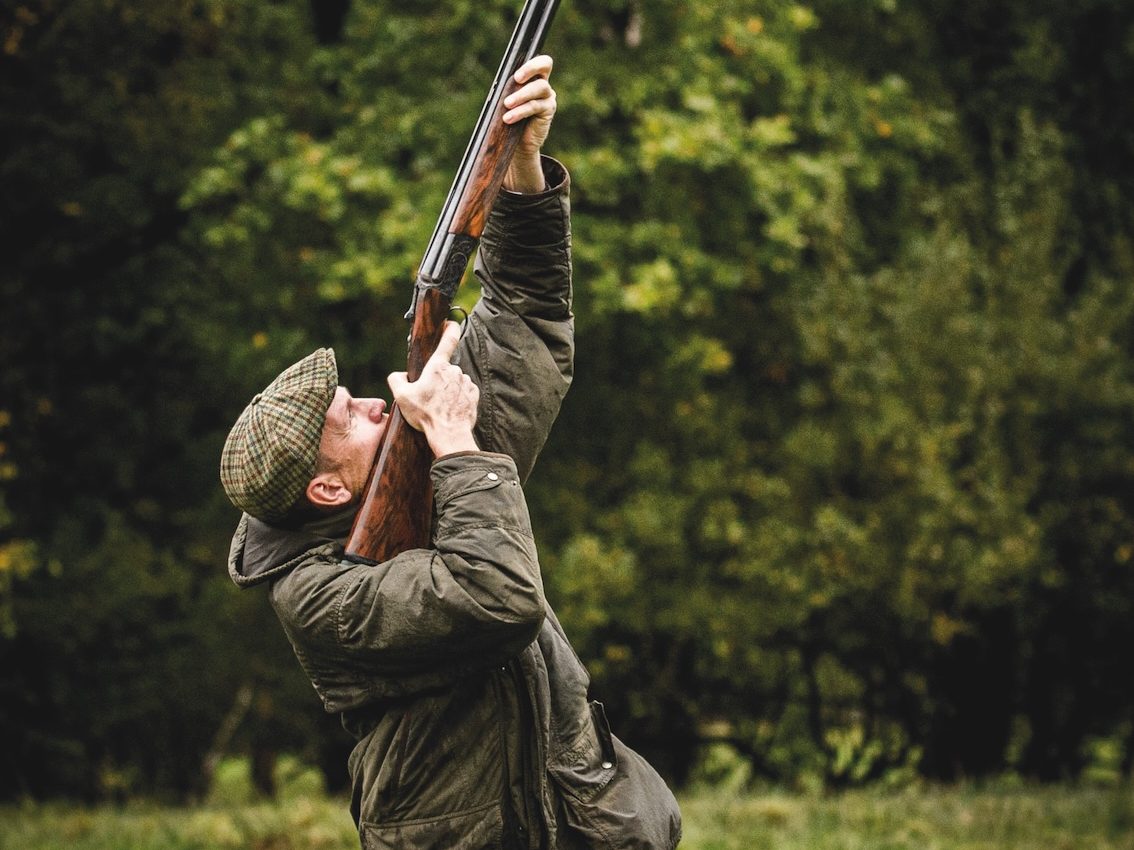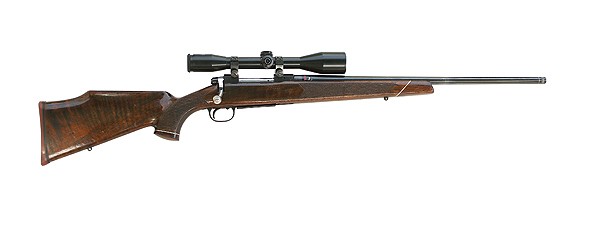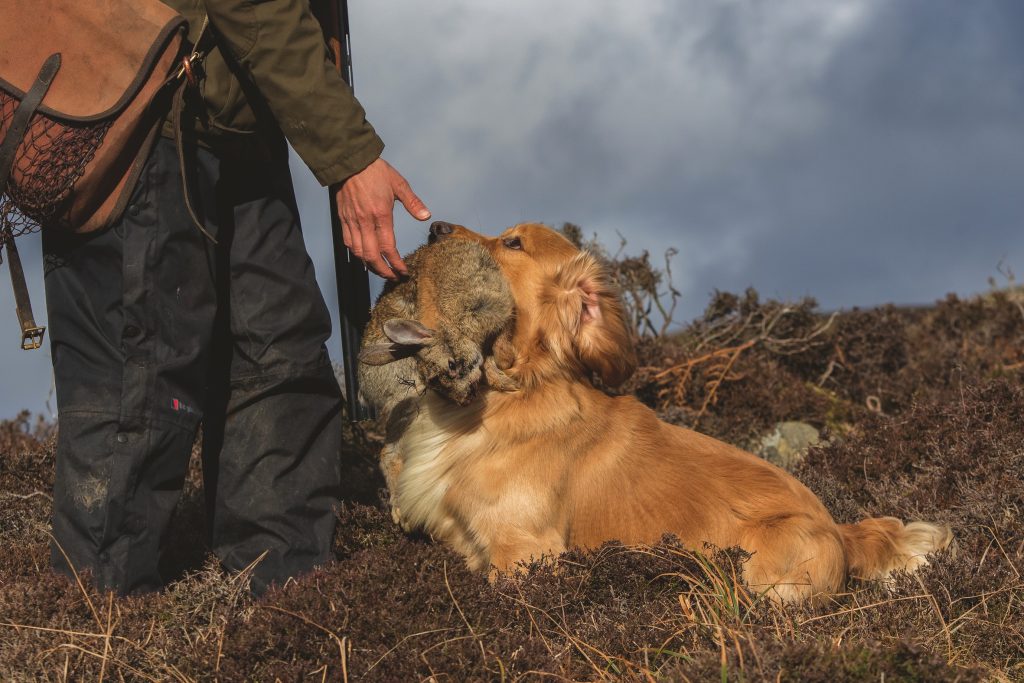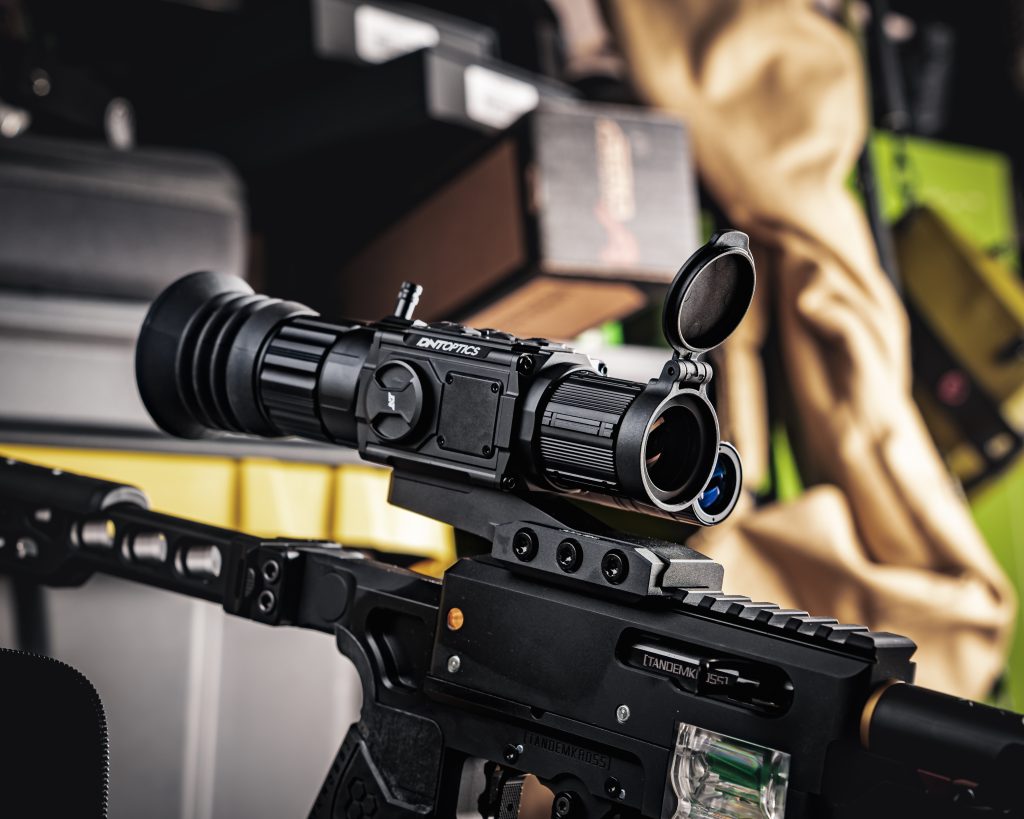Bruce Potts discovers a rifle to tackle any job
Win CENS ProFlex DX5 earplugs worth £1,149 – enter here
What’s the right cartridge for red deer?
Deer stalking: I plan to get involved in deer stalking on my father’s farm and two neighbouring Estates where there are Roe, Fallow and a few Sika. Can you recommend a calibre that will cope equally well with all three species?
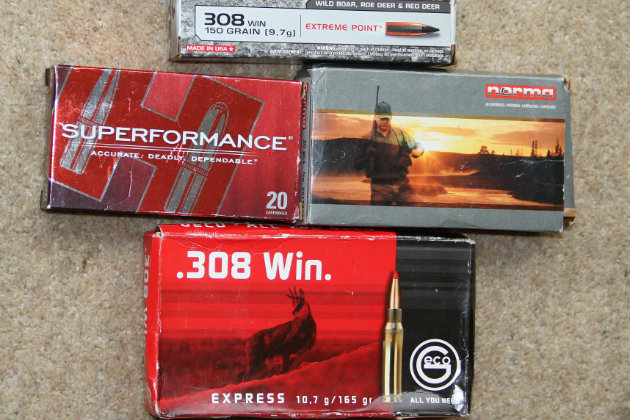
Q: Can you recommend a good .308 Win cartridge for shooting red deer, as I have a new rifle and need to shoot some in my woodland?
A: The .308 Win is my favourite cartridge — I have owned a Tikka LSA 55 chambered in that round for 37 years and found it to be a very versatile deer cartridge.
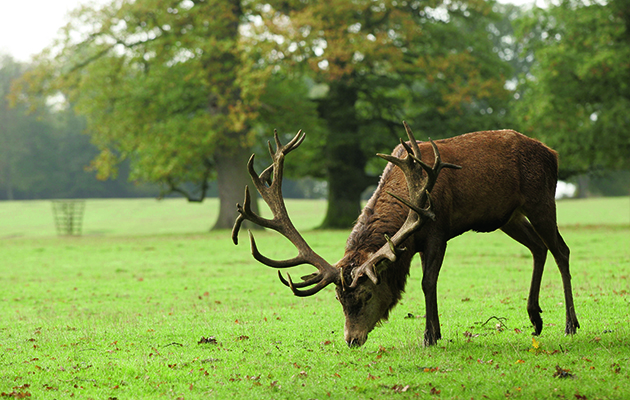
Red deer
I have used it for muntjac, roe, fallow and red, but you need to be aware that the crucial part of the cartridge is the bullet. Choosing the right bullet weight, type, style and manufacturer is very important and dependent on the deer species you shoot. Too light a bullet and it can expand too quickly and cause a lot of venison spoilage, while a heavy bullet may not stabilise in your rifling twist.
The best factory ammunition that I use in tests, and as back-up rounds for my own rifle if the reloads run out, are as follows.
- The Hornady Performance 150-gr SST bullets are superbly accurate and achieve high velocities,
- Winchester’s new Extreme Point 150-gr loads are economical and again very accurate.
- I also really like the Norma 150-gr Nosler Ballistic Tip for its extreme accuracy and consistency
- Finally the Geco 165-gr Express bullet, which would be ideal for the larger red deer in your woods.
The trouble is that each rifle is a fickle beast and can like one brand or weight of bullet and not another, so buy a few 20-round boxes in 150-gr to 165-gr weights and see which is the most accurate, then practice.
Classic Guns – Tikka LSA 55
Bruce Potts pays homage to the LSA 55 – Tikka’s first bolt-action rifle made in 1967
What calibre will cope with three species of deer? (from the Shooting Times archives)
Calibre is really the diameter of the bore of a gun before the rifling is cut or impressed; which means that .30 is the calibre, .308 is the bullet diameter and .308 Winchester is the name of a cartridge.
For more than 20 years I have given the same answer to this question and that is, “If you need to ask me, get a .308.”
By which I mean, of course, the .308 Winchester, not the .308 Norma Magnum or some other monster.
Try various brands of ammo and different weights of bullet to see what your rifle prefers but remember that light, fast bullets can do an awful lot of meat damage so it’s best to stick to at least 150 grains – and preferably 165 or 180 grain bullets for the larger species – provided your rifle shoots them accurately. (George Wallace)
Related Articles
Get the latest news delivered direct to your door
Subscribe to Shooting Times & Country
Discover the ultimate companion for field sports enthusiasts with Shooting Times & Country Magazine, the UK’s leading weekly publication that has been at the forefront of shooting culture since 1882. Subscribers gain access to expert tips, comprehensive gear reviews, seasonal advice and a vibrant community of like-minded shooters.
Save on shop price when you subscribe with weekly issues featuring in-depth articles on gundog training, exclusive member offers and access to the digital back issue library. A Shooting Times & Country subscription is more than a magazine, don’t just read about the countryside; immerse yourself in its most authoritative and engaging publication.




